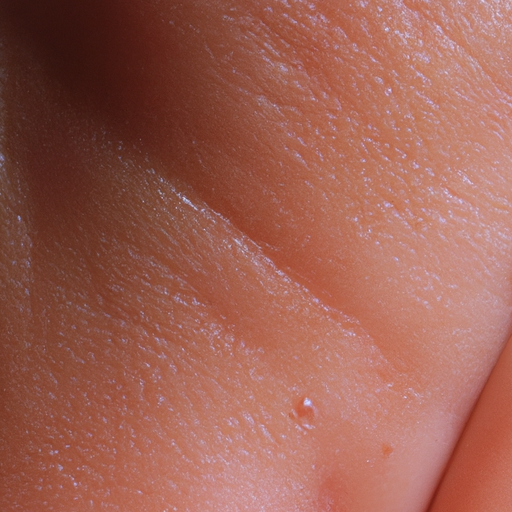As a medical professional, I often encounter patients who are struggling with oily skin. This condition, while not life-threatening, can significantly impact a person’s self-esteem and overall quality of life. Therefore, it’s essential to understand the causes of oily skin and how to manage it effectively. Let’s unmask the radiance beneath your oily skin.
Oily skin is primarily caused by overactive sebaceous glands, which produce excess sebum, a natural skin oil. While sebum is necessary for keeping our skin hydrated and healthy, too much can lead to a shiny appearance, clogged pores, and acne breakouts. Factors contributing to oily skin include genetics, hormonal changes, stress, environmental conditions, and improper skincare routines.
The first step in managing oily skin is understanding that oil production is a natural process that protects and moisturizes your skin. The goal isn’t to eliminate oil but to balance it. Over-cleansing or using harsh products can strip your skin of its natural oils, causing your sebaceous glands to overcompensate and produce more oil.
A proper skincare routine for oily skin should start with a gentle, water-soluble cleanser. Avoid soap-based cleansers as they can disrupt your skin’s pH balance and trigger more oil production. After cleansing, use an alcohol-free toner to remove any remaining impurities without drying out your skin.
Exfoliation is also crucial in managing oily skin. It helps remove dead skin cells that can clog pores and cause breakouts. However, it’s essential to exfoliate gently and not more than twice a week to avoid irritating your skin and stimulating more oil production.
Moisturizing is another step that people with oily skin often skip, thinking it will make their skin oilier. On the contrary, hydrating your skin can help regulate oil production. Look for oil-free or non-comedogenic moisturizers that won’t clog your pores.
In addition to your daily skincare routine, consider lifestyle changes that can improve your skin health. A balanced diet rich in fruits, vegetables, lean proteins, and whole grains can nourish your skin from the inside out. Avoiding greasy, fried foods and sugary drinks can also help control oil production.
Regular exercise can also benefit your skin. It increases blood circulation, promoting the removal of toxins and delivering nutrients to your skin. Just remember to cleanse your face immediately after exercising to prevent sweat from clogging your pores.
Lastly, stress management is crucial in controlling oily skin. Stress can stimulate the production of androgen hormones that trigger oil production. Incorporating stress-reducing activities like yoga, meditation, or deep-breathing exercises into your daily routine can help keep your skin in check.
Remember, everyone’s skin is unique. What works for one person may not work for another. It’s essential to listen to your skin and adjust your skincare routine and lifestyle habits accordingly. If you’re struggling with managing your oily skin, don’t hesitate to seek professional help. Dermatologists can provide personalized advice and treatment options based on your skin type and concerns.
In conclusion, managing oily skin is about balance – balancing oil production with proper skincare, a healthy diet, regular exercise, and stress management. With the right approach, you can unmask the radiance beneath your oily skin and reveal a healthier, more confident you.




